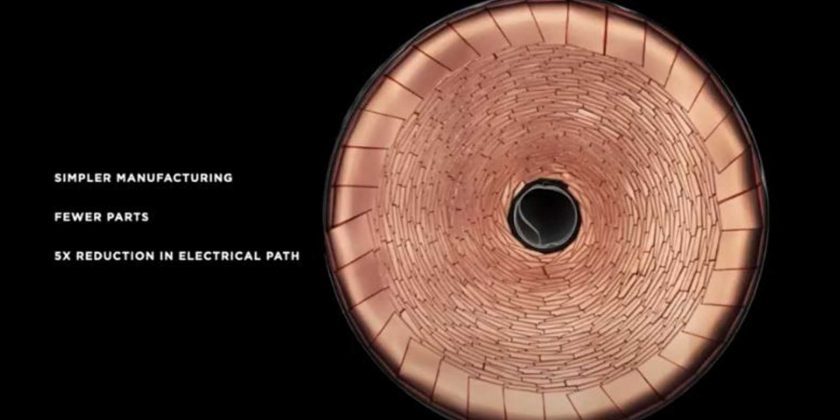In order to eventually produce cheaper cars, a new cell form factor is needed.
Tesla Battery Day is now underway. It’s the day we’ve all been talking about for months. Tesla’s goal is to accelerate the advent of sustainable energy, and Battery Day is a way to show the world how it plans to do so.
In order to achieve its mission, it needs vehicle battery production to grow by 100 times compared to what it is today. In terms of grid batteries, a growth of over 1600 times is needed. Tesla plans to pull this off through a number of projects, including more gigafactories and more affordable cells, which will lead to more affordable cars.
EVs must eventually be affordable for all. First and foremost, the plan is to cut battery cost per kWh in half. Tesla has already moved from 18650 to 2170 cell factor, which brings 50% more energy. So, a bigger form factor is key, and it costs less. However, there’s much more to consider, as well as many challenges, including thermal problems and charging concerns.
Tesla has been working on figuring out the sweet spot when it comes to cell size, form factor, and cost, keeping in mind the impact on range and performance. The final product is tabless cell production. It adds 5 times more energy, 16% more range, and 6 times more power. It will reduce the dollar-per-kWh battery cost by 14%.
The manufacturing process and the chemistry, among other advancements, will combine with the new battery cell to reduce cost significantly more. There is more information in the gallery below in the form of slides from the presentation.
Gallery: Tesla Battery Day 2020
62 Photos This is a developing story. As more information becomes available, we’ll update this article or write another. Keep refreshing the page and check InsideEVs often for more details. Source: Read Full Article








